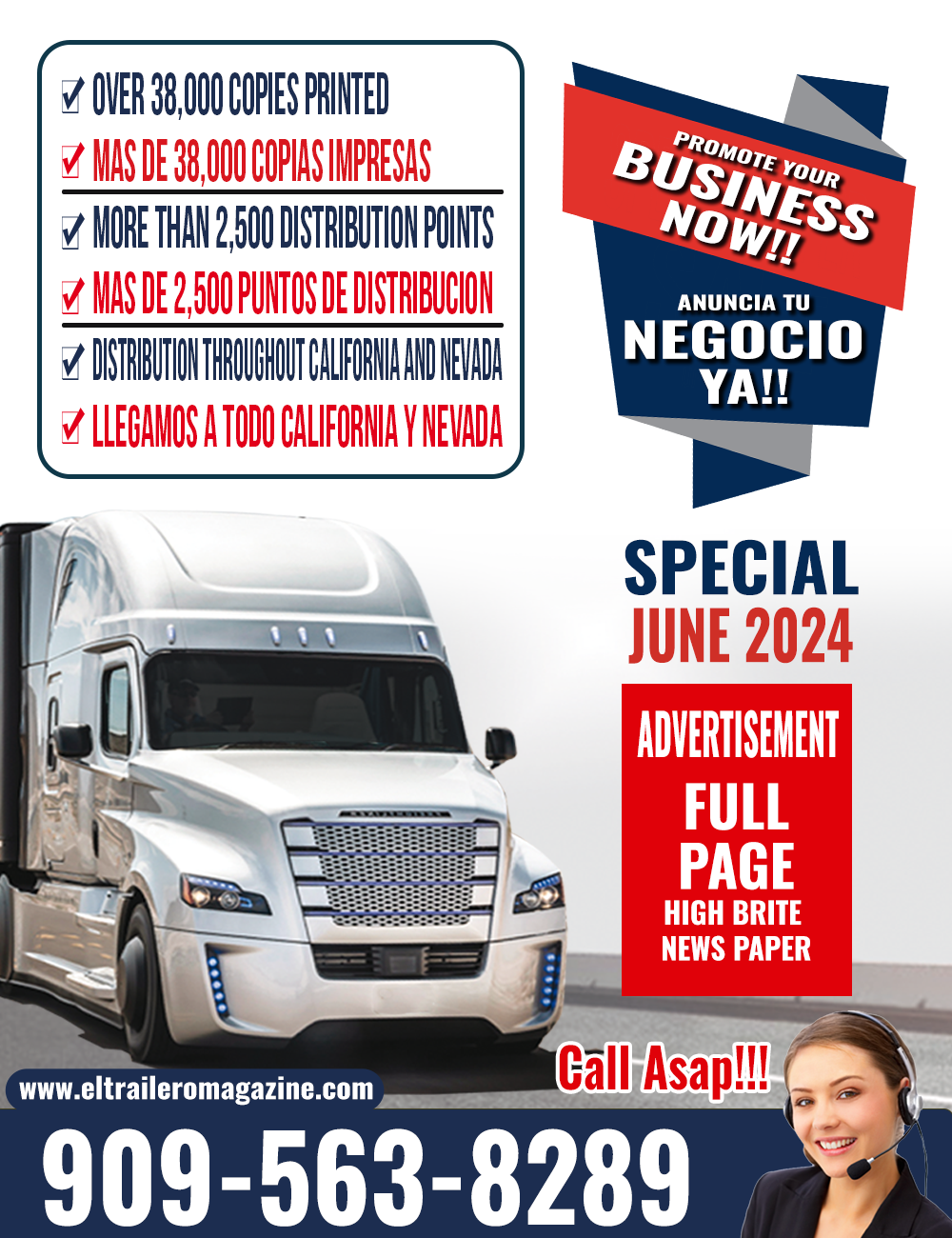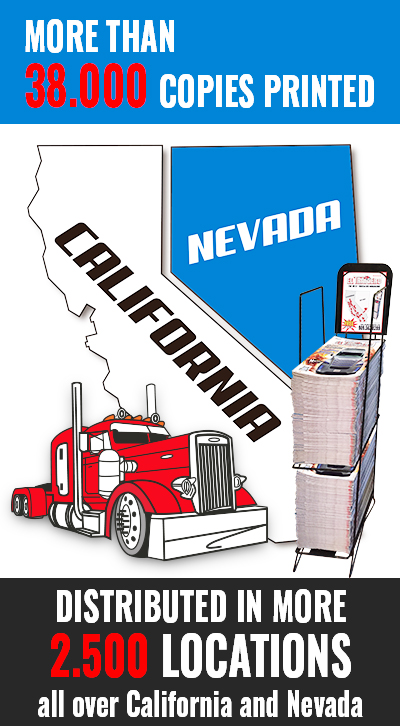 |
|
 |
Get our FREE |


Inappropriate maintenance could be the cause of many accidents related to wheel separation. To prevent this incident, it is recommended to perform the following 5 precautions.
Mechanical technicians should perform the most appropriate procedure regarding the specific wheel bearing and hub system for the truck, since there are many different types in the market. Frequently, the technicians opt to install the conventional pre-set systems, but this procedure can damage the bearings and spacer.
According to TMC’s Recommended Practices Manual (618A) the adequate bearing end-play should be around .001” and .005”. Timken’s guide recommends the utilization of dial indicator for checking the adjustment.
The contact surface between the outer and inner wheels and the hub should be meticulously clean using a wire brush to eliminate rust, dirt, grease, etc., before putting the wheel again in the vehicle. Any foreign material could produce an additional thickness in the joint and consequently reduce the tension in the bolt and the clamping force.
It is crucial to know that tighter does not mean better. Many mechanics try to obtain the highest clamping force by using more than 500 ft-lbs. of torque. The excessive torque of a wheel stud can extend the stud beyond its yield point, provoking under-torque of the joint and lower clamping force. The recommendation is adjust the nuts and use a calibrated torqueing device to bring them to the final torque.
Some wheel-end parts can be used again if they are careful inspected, they meet the specifications and are in good condition. The reutilization of nuts and studs will depend of the condition of these parts, they should not present any sign of stretching of the stud or thread damage. The bearing examination requires special attention regarding drag on the rollers and general condition of the bearing assembly because even the smallest bearing roller’s burr can wreak havoc with the mating surfaces.
The maintenance staff and also the drivers need to be trained to detect problems. The standard visual inspection should consist in detecting unusual tire wear, lubrication contamination or leaks. For example, the detection of lubrications leaks can be very helpful to prevent the potential problems caused by bearings with defects or overheating.
Truck drivers play a crucial role in our transportation system, hauling goods along highways and delivering essential pr...
read more...A decisive ruling from the United States District Court has marked the latest chapter in the legal battle over Californi...
read more...Electrifying road transportation in the United States has become a key topic of debate, especially with growing concerns...
read more...It appears that the Internal Revenue Service (IRS), following the onset of the COVID-19 pandemic, has awakened and begun...
read more...

